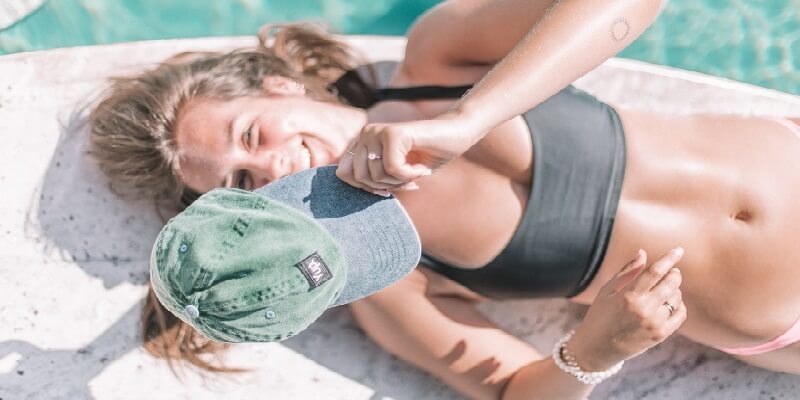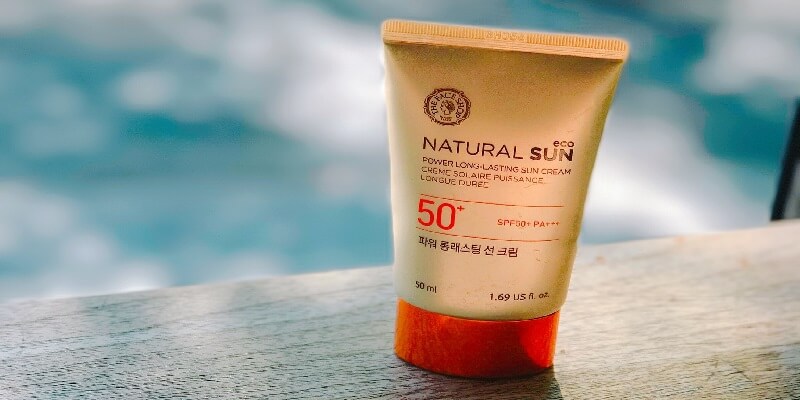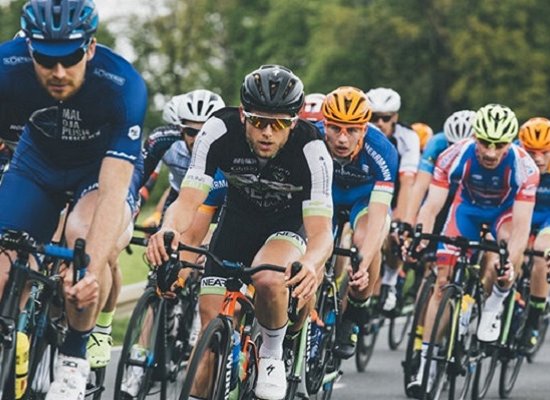5 Myths about sunscreen: Mistakes you should avoid!


During the heat of this summer, it’s important to protect the skin against UV rays. Here are the most pervasive sun myths and important facts you should know about sunscreen, especially when you’re working out on a regular basis.
Why is sunscreen essential?
No matter how diligent you usually are about skin care, sunscreen is often left at home? Maybe you don’t know enough about UV rays and the damage they can do. A tan is your body’s defense mechanism, meant to shield DNA from further damage. Sunburn is already a sign of damaged cells, that become cancer cells when reproducing. Both types of UV rays – UVA and UVB – can cause that kind of damage, so it’s important to protect the skin the right way.
Myth 1: Higher SPF is better
There are many different products to choose from when it comes to sunscreen, ranging from a selection of cremes with low to high SPF. SPF 30 is already a good choice, SPF 50 even better. An SPF 15 sunscreen blocks about 93 percent of UVB rays, SPF 30 97 percent and SPF 50 only one percent more. The sun protection factor extends the period of time your skin protects itself – sunscreen with a SPF of 50 extends it 50 times.
You should also consider other factors like the angle of the sun, atmospheric interference and individual skin tone. Sunscreen should be reapplied every two hours, more often when sweating or swimming.
Myth 2: A little bit of sunscreen is enough
Even if you’re actually applying sunscreen, chances are high you’re not using enough of it. SPF ratings are based on the amount that should be used, which is two milligrams per square centimeter. Since most people apply less than half that amount, there’s a trick for easy measurement. About the equivalent of a shot glass is enough sunscreen for body and face. There shouldn’t be any creme left in your bottle at the end of summer!
Myth 3: Your tan base is enough protection
Even if your already tanned, you still need sunscreen, because a base tan only offers the equivalent of SPF 3 protection. A tanned skin can still burn so you are risking damaged cells and skin cancer by not wearing any additional protection.
Myth 4: Sun is the only way to get Vitamin D
Vitamin D is an important nutrition, but sun is not the only way to get it. Even if sun exposure does boost vitamin D levels, it’s safer to get it from food like fatty fish, eggs or milk. That way your not hurting your cells.
Myth 5: Your sunburn will turn into a tan
There’s no guarantee your sunburn will turn into a tan. A burn is a sign for cell damage, caused by UV exposure. When they’re not able to adequately protect themselves, they die and the skin is turning red. Only when your skin is able to repair much of the DNA damage, it tans to protect itself from further damage.
Statement
Even if you think a tanned skin is more attractive, you should consider the damage your risking. Skin cancer is the most common form of cancer and could easily be prevented by using sunscreen. Add it to your daily routine to protect your cells and don’t forget to reapply it after your workout in the sun or a dip in the ocean.
Source of title image: Unsplash / Ryan Christodoulou
YOU MIGHT ALSO LIKE THIS










